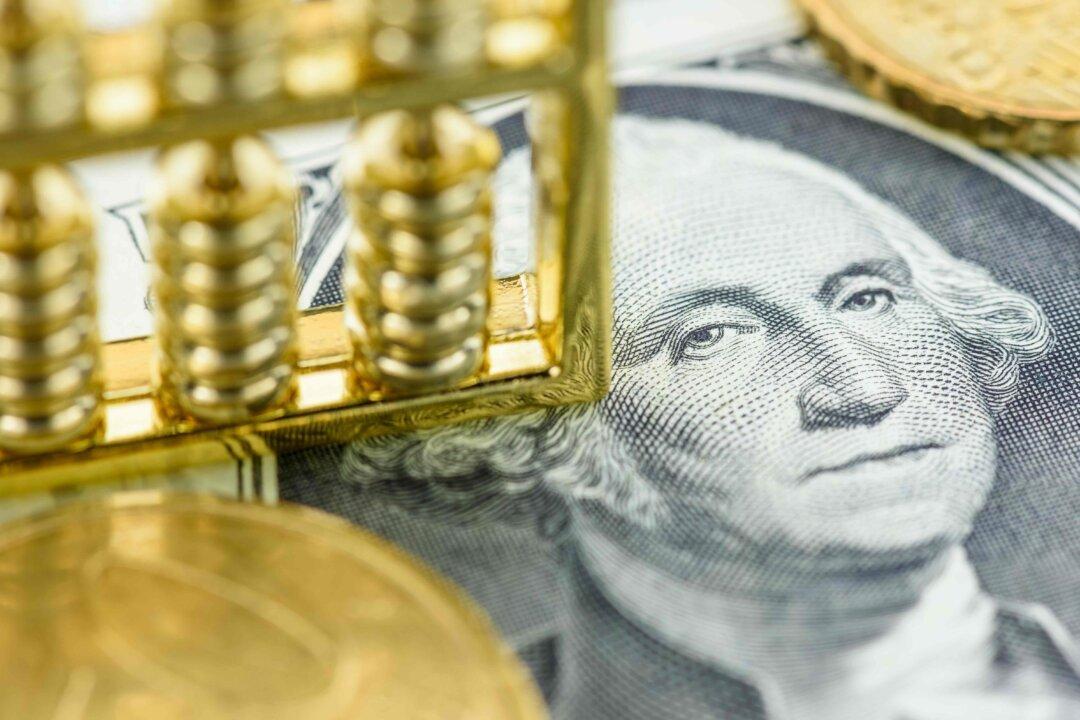Commentary
Markets are in a state of heightened anxiety as the Federal Reserve is shifting to a tightening stance with an abruptness not seen in decades. Since just last September, the Federal Funds rate expected to prevail in mid-2023 has increased by 1.25 percent according to futures markets.


